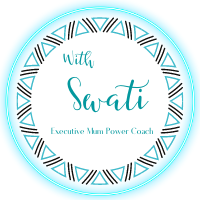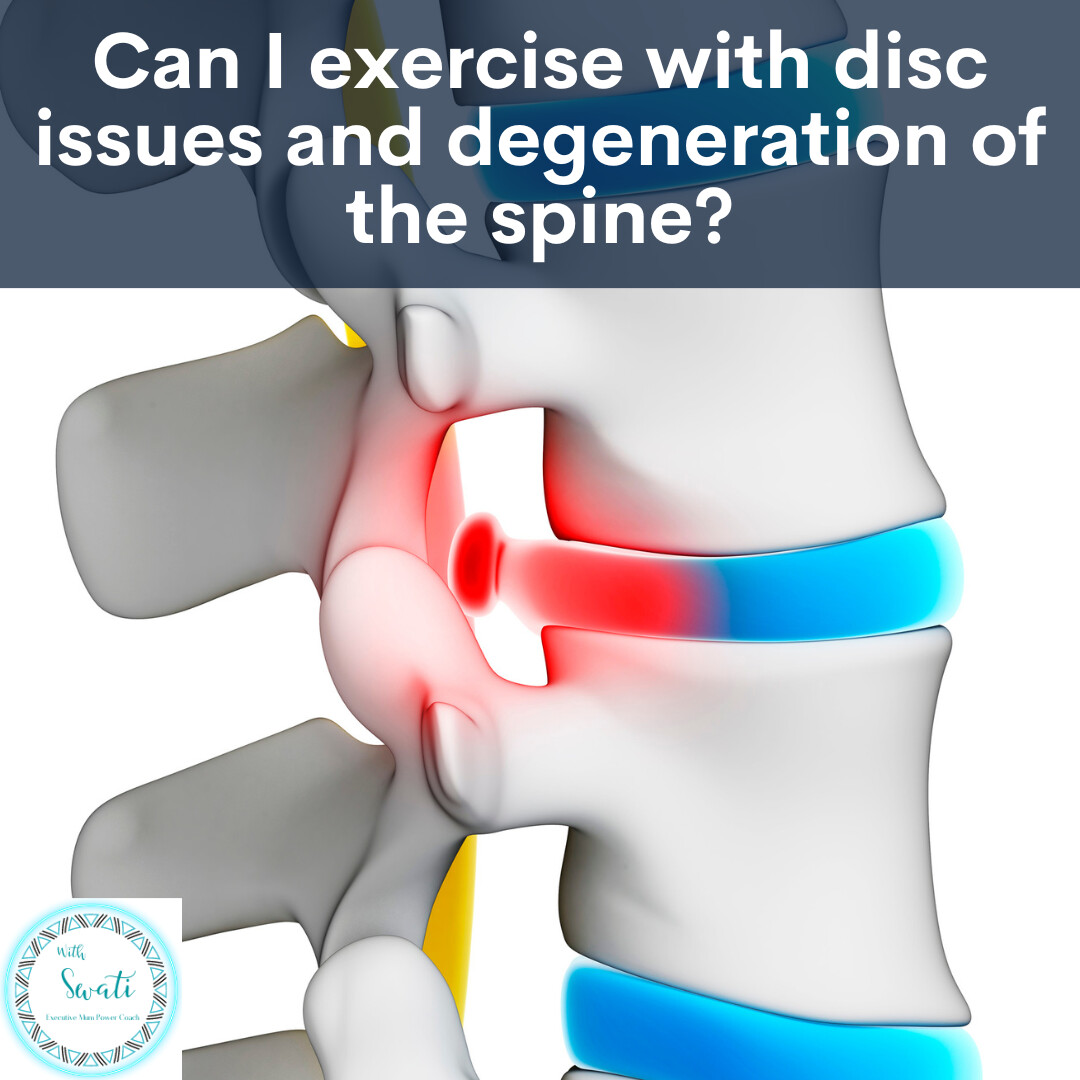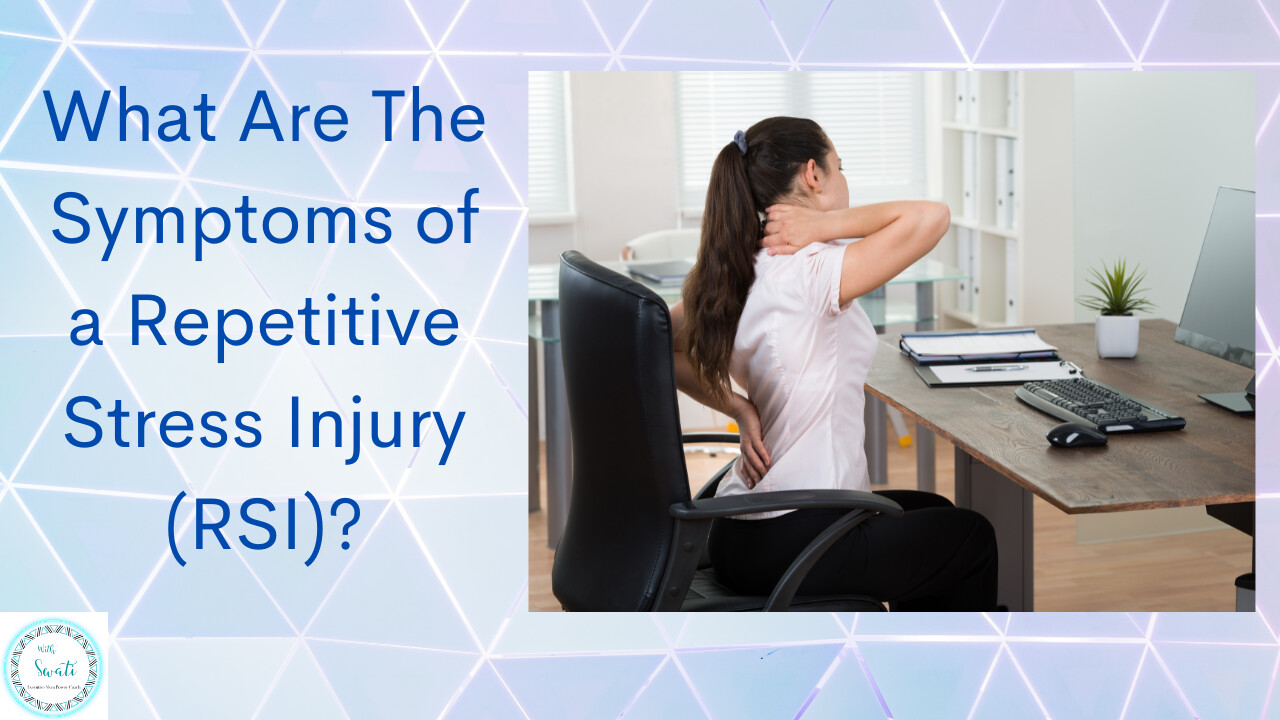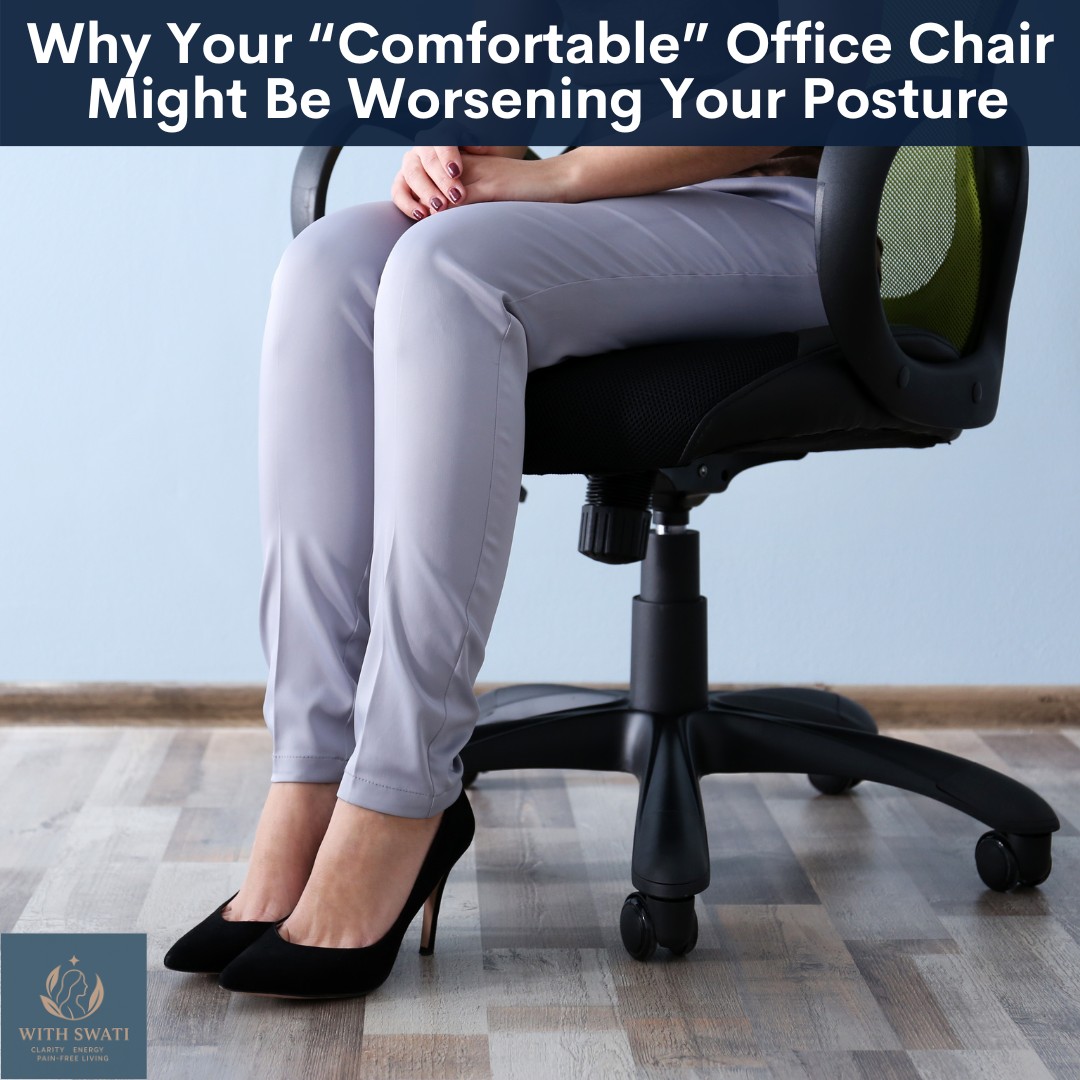
As an executive mom, you don’t have time to waste on workouts that don’t deliver results. You know that a strong core is essential for good posture, pain relief, and lasting energy, so you maybe trying to fit in core exercises whenever you can. But if you’ve been relying on crunches to strengthen your core, you might not be seeing the benefits you expected or worse, you could be reinforcing poor movement patterns that contribute to pain. The truth is, crunches alone won’t build the kind of core strength you actually need for your busy daily life. In this blog, lets discuss why crunches won’t fix your core and what to do instead.
Crunches Target the Wrong Muscles for Real Core Strength:
When most people think of core strength, they picture six-pack abs. But your core is much more than your rectus abdominis (the muscles that crunches target). It includes your deep stabilizing muscles that support your spine, pelvis, and posture.
Why Crunches Fall Short:
- They mainly work the surface-level ab muscles, ignoring the deeper core stabilisers.
- They don’t train your core in the way it’s actually used throughout the day.
- They can create muscle imbalances that make back pain and poor posture worse.
Watch this video on What is the Core? Understanding the Muscles That Support Your Back and Neck.
Crunches Can Increase Neck & Lower Back Strain:
If you’re already dealing with stiffness, lower back pain, or tight shoulders, crunches might be making things worse. When done incorrectly, they can place extra strain on your neck and lumbar spine, leading to discomfort rather than strength.
Signs Crunches Might Be Hurting More Than Helping:
- Your neck feels strained when doing core exercises.
- You experience lower back discomfort instead of feeling core activation.
- Your posture is still suffering, even after regular abs workouts.
A Strong Core = Stability, Not Just Strength
Core strength isn’t about how many crunches you can do. It’s about how well your core supports you in everyday movements like sitting, standing, lifting, and walking. The best core training focuses on stability, posture, and functional movement. Don't underestimate the role of smaller core muscles that sit deep inside the body and can be easily activated.
What to Do Instead:
- Deep core activation exercises like dead bugs, bird dogs, and diaphragmatic breathing.
- Plank variations that build endurance and spinal support.
- Posture-based core work that integrates stability into daily movements.
If crunches have been your go-to core exercise, it’s time to rethink your approach. True core strength comes from stability, alignment, and mindful movement, not just endless reps of sit-ups. By shifting to more functional core training, you’ll see better posture, less pain, and more energy for your demanding schedule. Engaging your core while sitting at your desk doesn’t require extensive effort—it’s about being mindful of your posture and incorporating small movements throughout the day. By following these tips, you can protect your spine, improve your posture, and maintain core strength even during busy work hours.
HERE is a free guide to '10 Easy Desk- based Exercises To Strengthen Your Core' This checklist is designed for busy days when you don’t have time to leave your seat but still want to feel stronger and more supported. With these simple, discreet exercises, you’ll be able to activate your core and improve your posture without missing a beat.
If you like this blog and want to be notified about new blogs as soon as they are published, subscribe to my mailing list below.
I would love to see you around the internet! For other places you can explore more about me: https://withswati.com/page/link
















0 Comments